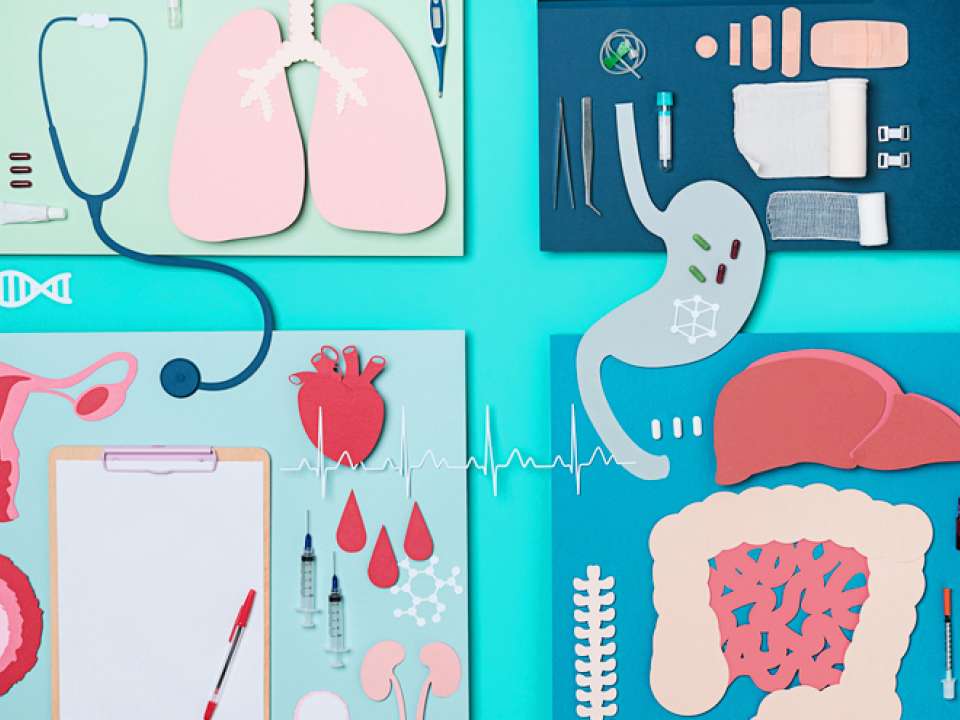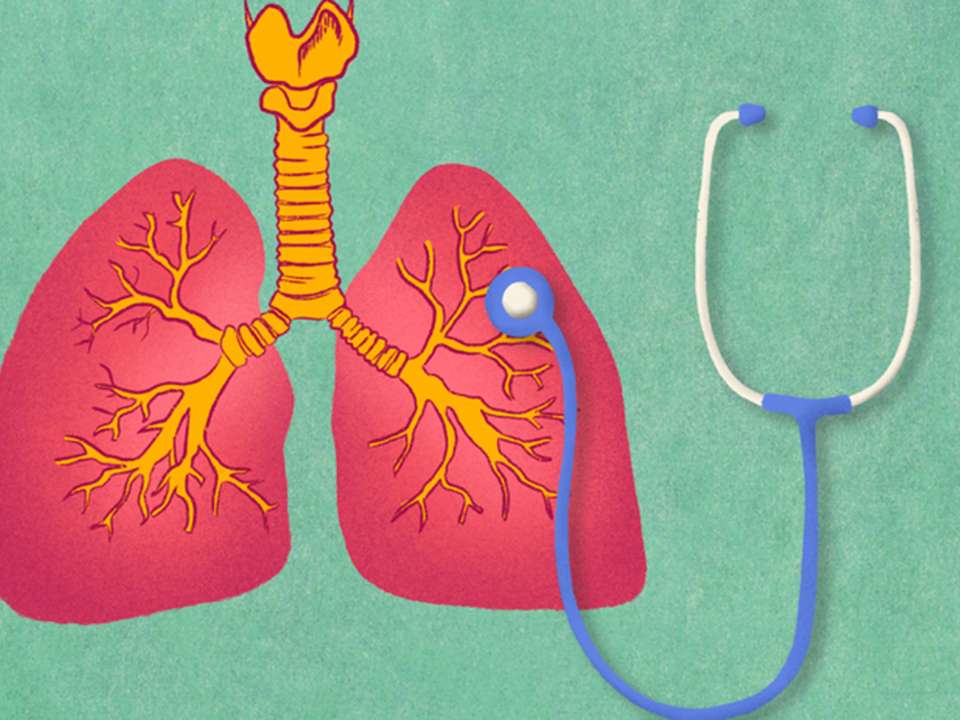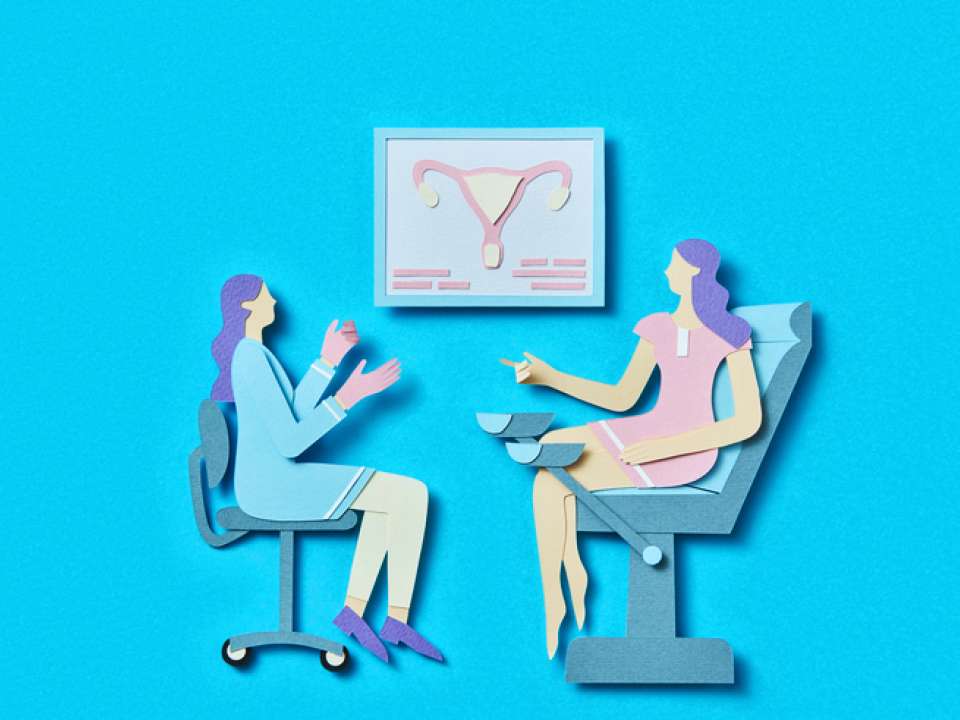6 Medical Innovations From 2019 That You Should Know About

Anesthesia, vaccines, X-ray imaging and robotic surgery are a few of the countless medical advances that have changed how we heal, age and live our lives.
Breakthrough discoveries like these don’t just magically appear out of thin air, though. Before these innovations reach you at your doctor’s office, researchers spend years working toward that ah-ha moment.
In 2019, medical experts did just that and made major advances in organ donations, immunotherapy, smart tech for health and beyond. Here are some of the year’s notable moments in medicine — and what they mean for the future of your health.
Finding new life for organ donations
More than 113,000 people in the United States are waiting for an organ donation, and each day, 20 people die before they can receive one. Doctors want to reduce those numbers to zero by finding different ways to make organs available to those in need.
UW Medicine’s chief of transplant surgery Dr. Jorge Reyes is testing a new liver transport device that can improve the condition of donor organs by keeping them warm and flushed with oxygenated blood. If it’s successful, the device could increase the range in which organs can travel and widen the pool of potential organ donations by as much as 30%.
Others — like Dr. Renuka Bhattacharya, medical director of UW Medicine’s liver transplant program, and Dr. Ajit Limaye, director of UW Medicine’s solid organ transplant infectious disease program — are rewriting the rules.
Bhattacharya helped finalize a transplant protocol at University of Washington Medical Center regarding organs infected with hepatitis C. These organs would normally be discarded, but now patients can accept them and take a course of antiviral medication after surgery to eradicate hepatitis C.
In the 15 months since the protocol was initiated, 18 patients received heart and liver donations that would have previously been unavailable to them. In the future, the team hopes the protocol can expand to include other types of organs.
Improving the way we age
How is getting old “ruff” on you? Researchers at the University of Washington School of Medicine and Texas A&M launched the Dog Aging Project to figure out how pups — and their people — can live longer, healthier lives.
A combination of more than 40 researchers and veterinarians plan to follow tens of thousands of dogs and their owners over the course of a decade. By doing this, they hope to identify environmental, biological and lifestyle factors that can contribute to healthy aging. In the future, this research could lead to key findings to combat Alzheimer’s and other diseases.
“Aging is the major cause of the most common diseases, like cancer and heart problems,” explains Dr. Matt Kaeberlein, a pathology professor at UW School of Medicine and co-director of the Dog Aging Project. “Dogs age more rapidly than people do and get many of our same diseases of aging, including cognitive decline. This project will contribute broadly to knowledge about aging in dogs and in people.”
Making birth control more equitable
While the power — and, let’s face it, the burden — of birth control has largely been set on women’s shoulders, researchers at UW School of Medicine and the Lundquist Institute at Harbor-UCLA Medical are developing options that could make reproductive healthcare more equitable.
Earlier this year, UW Medicine endocrinologist Dr. Stephanie Page and her colleague at UCLA, Dr. Christina Wang, released the results of a prototype male birth control pill safety test. During the trial, they gave 40 men either a contraceptive tablet or a harmless placebo and found that the pill was successful in reducing hormones required for sperm production and had only mild side effects.
The researchers plan to continue safety testing in larger, longer studies to demonstrate the contraceptive’s effectiveness. If those are also successful, men may someday be able to get birth control pills at the local drugstore.
Bioengineering a cure for cancer
Chemotherapy, radiation and surgery are the main ways doctors currently treat cancer, but researchers believe they can find new ways to fight — and even prevent — the disease.
UW Medicine’s Institute for Protein Design has created proteins that mimic current anticancer drugs, minus the debilitating side effects. In April, they received a $45 million grant to design and create “smart proteins” that can identify cancerous cells and neutralize them without damaging surrounding healthy cells. If researchers are successful, this could mean an end to cancer as we know it.
Immunotherapeutics, a treatment that focuses on activating or suppressing your natural immune system, is another promising avenue for treating cancer as well as immune-related diseases. This year, Seattle Children’s led a group of five children’s hospitals and their respective clinical and translational programs to establish the Consortium for Pediatric Cellular Immunotherapy. Their focus is on speeding the approval of novel, life-saving therapies for a range of pediatric conditions.
Together, these efforts may eventually lead to the discovery of landmark therapies for the treatment and prevention of cancer, autoimmune disorders and other ailments.
Harnessing the power of smart tech
Can your smart speaker save your life? Researchers sure think so.
Dr. Jacob Sunshine, an assistant professor of anesthesiology and pain medicine at UW School of Medicine, and Shyam Gollakota, an associate professor at UW’s Paul G. Allen School of Computer Science & Engineering, developed smart technology tools that can identify medical emergencies and connect people to help faster.
One artificial intelligence system they created passively monitors your breathing at night via a smartphone or smart speaker. If the device detects a certain type of breathing associated with cardiac arrest, it can call 911 to summon help.
Another system developed by Gollakota and Sunshine called Second Chance turns a smartphone into a contactless respiratory monitor that can identify people who may be overdosing from opioids, the goal being to connect overdose victims to the overdose antidote naloxone faster.
BreathJunior, another tool developed by Sunshine and Gollakota, turns a smart speaker into a dual white noise machine and contactless baby monitor to track your baby’s breathing and motion while asleep. In the future, it could help identify dangerous breathing abnormalities in certain infants.
Harborview Medical Center is also using tech to enhance the lives of people with disabilities. The newly opened ConnectAbility Lab allows staff to adapt everything from computers to game controllers to help patients who have spinal cord injuries lead fuller, more independent lives.
Developing new solutions for the opioid crisis
While the country’s issues with opioid addiction have risen to alarming levels, doctors at the UW School of Medicine and researchers at UW’s Institute of Translational Health Sciences (ITHS), in partnership with the Kaiser Permanente of Washington Health Research Institute, are taking practical steps toward a solution — and the results are promising.
In a study published this summer, researchers revealed the findings of their Six Building Blocks — or 6BBs — intervention program, which was rolled out to 20 rural clinics in Washington.
Not only did the program reduce the number of patients on high-dose opioids by 14% over a 15-month span, but it also improved the way doctors and their clinical teams were able to manage chronic pain and opioid prescriptions.
“A system change can impact providers and their teams as they seek to offer high-quality care,” says Dr. Laura-Mae Baldwin, a professor of family medicine at UW School of Medicine and one of the study’s co-authors. “It’s about creating an environment where providers and patients can do their best work.”
By making information about the 6BBs free and publicly available, researchers hope their clinic-level improvements can contribute to a comprehensive solution for the opioid crisis.

 Healthy ideas for your inbox
Healthy ideas for your inbox





